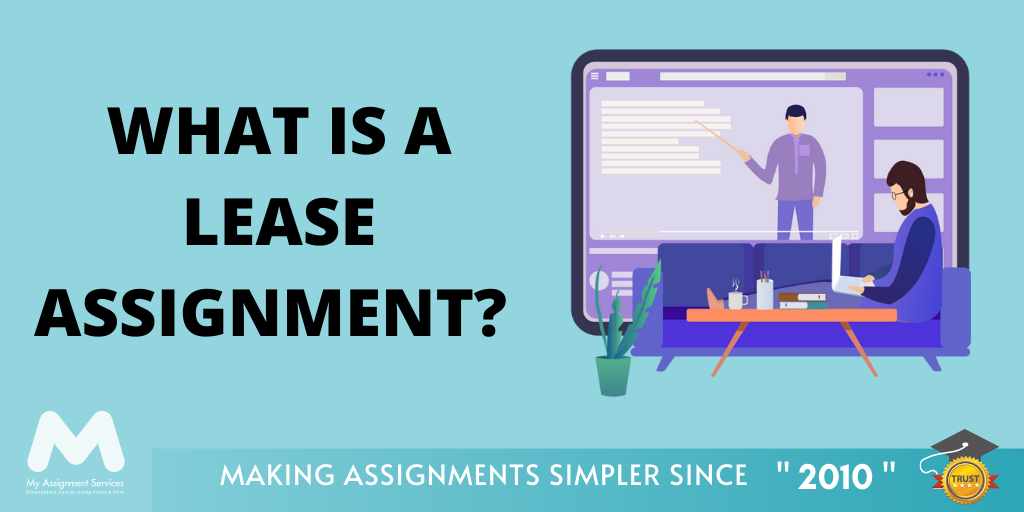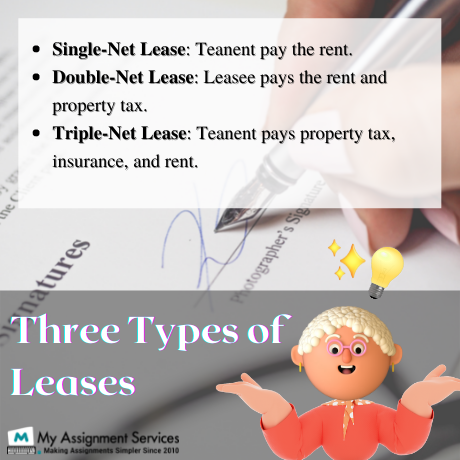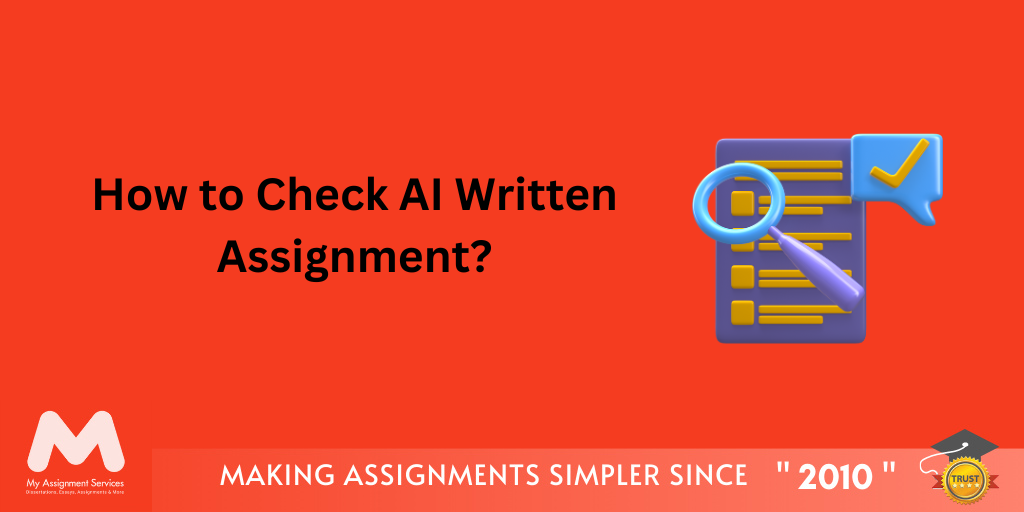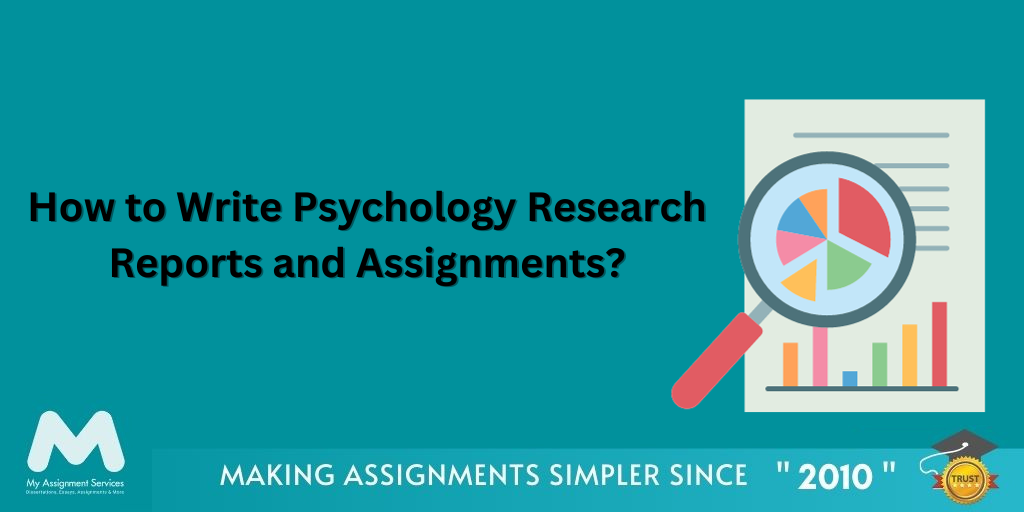
Have you ever rented a property? Or at least know how the process works? Most of us, if not all, are aware of the process involved in renting or leasing a property. The concerned parties are the landlord (lessor) and the tenant (lessee). Both parties sign a lease assignment agreement, and such a contract holds all the clauses that both parties must abide by, also the penalties of contract breach.
Tip: The property owner and the renter must hold
onto their lease assignment contracts. Such practice
is helpful to resolve disputes among both parties.
Throughout history, leases were used for various purposes and the implied laws were changed as per requirement. The socio-economic condition of each century shaped the lease agreement that we witness today. In the 18th and early 19th centuries, leases were used for agricultural lands. The industrialisation and the arrival of the urban era have made the lease agreement more commercialised.
To define a lease assignment document today would be something along the lines of a document that lays down all the conditions under which a certain individual or group of individuals agree to temporarily hand over a property to another individual or group for personal or commercial use. The property rights abide by the lessor (person who is leasing the property); the lessor (person who is renting the property) only uses the property and assets in exchange for regular monetary payments.
For the first part, we answered what is a lease assignment? Let's move on to the various types of leases and pursue a real-life example of the leasing procedure.

What are the Various Types of Commercial Leases?
Now, you know the leasing process involves signing an agreement and paying the rent monthly. But, there are various types of leases than renting out an apartment; the purpose of a lease often determines the lease agreement clauses and hence the type of lease. People often rent properties, but the lease agreement is especially favourable for renting/leasing a commercial property.
Most commercial properties are rented can be baffling to a few, but businesses lease property to save funds and maintain their asset's liquidity. Also, leasing means that the renter doesn't have to pay the maintenance and repair costs. Often the responsibility of the tenant varies depending on the type of lease they signed. Here are the three types of leases that determine the payment made by tenants.
The renter must pay the property owner some
percentage of the rental amount or release charges
for early release. The untimely dispersal of a lease
assignment contract often results in breaking, reducing
the concerned party's credit scores.
Learn how to acknowledge any source of information using the APA 7th style.
Download Now
Single-Net Lease
Such a lease is when the tenant pays a minimal one-time amount to the landlord. It is also called an 'N' lease, and in such leases, the lessee faces a minimal risk as they're only responsible for property taxes. It is quite uncommon to find such a lease agreement; the lessor shoulder a major responsibility of utilities, maintenance, insurance, and other risks in such agreements.
Double-Net Lease
Also known as the 'NN' lease, these lease assignments are prominent among the commercial real estate renting industry. The tenants are responsible for paying rent, insurance and property taxes. The lessor can avail of a lower rent amount as the other costs are added to the net payable amount. Shopping malls and office space renting use such lease assignment models.
Triple-Net Lease
Now, you can decipher it as a 'NNN' lease from the above types. As discussed in the previous leases, the lessee pays the utilities, insurance, maintenance, taxes and a minimal rent amount. Compared to the rest, two such leases deprive the landlord of any form of risks in the agreement, and the tenant pays a major share for the property holding in exchange for a minimal or negligible rent amount.
These three property lease agreements are used in real estate transactions; the 'NN' lease assignment is extensively used to provide a fair share of responsibility and risks for either party. Also, tenants seek to do away with the triple-leasing, ensuring high costs with multiple risks involved. Property owners often bound the lessee in a gross payable amount, so the renting party cannot break the agreement.
What is a lease assignment? You wonder; it is a form of agreement that can be unjust to a particular party depending on the type of lease agreement. A fair practice must be effectively utilised to maintain the justifiable service costs and market solidity.
Various types of clauses and laws apply to a contract between two parties. It can get difficult to comprehend the differences between all such legal statutes; if you're also stuck in such a crisis, opt for Assignment Help Online. Our subject matter experts will help you decipher the distinctions among various laws and guide you to write your assignment through individual guided sessions.

What is the Difference Between a Lease Assignment and a Sublease?
Assignment
An assignment occurs when an individual or a party's whole share in a lease is transferred. If a renter assigns their lease, the assignee's duties under the lease agreement and communication with the landlord are now assigned to the leasee.
Advantages
- The assigning entity deals directly with the property owner.
- The assignee pays the rent directly to the property owner, and no middleman is involved in the transaction.
- Though it rarely happens, the assigning party may get free from future lease and obligations earlier than the contract termination period.
Disadvantages
- The assigning party has to lease the entire property rather than a small space.
- Managing the liabilities and assigning tenants become the task of the assignee solely.
- The assigning entity cannot negotiate the rent amount on the lease.
Terms of reference in the Australian rental law
include the organisation and operation of
Australia's commercial lease market, along
with the function of retail leases as a revenue
source for owners, buyers, and renters, as well as
the industry's interactions with other areas.
Sublease
Transferring a portion of the entire property for s period that is less than the lease agreement is subleasing. Usually, a day less than the original lease agreement is used in a sublease agreement.
Advantages
- The sublessee gets furnished space ready to use.
- A new sub-renter may negotiate the rent cost and other liabilities with the sub-leaser.
- The subtenant can lease the property portion for a small-time period.
Disadvantages
- The landlord may not have direct contact with the sub-tenant, which implies that any legal action against the original property owner is improbable.
- Sublessee must get approval from both the sublease and the original owner in case of contract alterations.
- The subtenants can get evicted during the sublease period.
- The sub-renters get a built-in space to use and cannot change the property.
Property assignment generally happens when a business leases a whole property as workspace or storage. Subleasing is done by the lease if their business is not doing well and they have leased space. Both strategies are useful and effective for earning monetary gain for the original and subleaser, whereas the subsequent may face shortcomings due to the original lease contract.
Covid Crisis Effects on the Australian Rental Industry
The COVID-19 outbreak has thrown the lease real estate market into disarray, lowering requests for rental houses while increasing supply. Tenants are more likely to be hurt by the global recession, while border controls have limited global immigration.
The Covid crisis resulted in the greatest shock to the
Australian rental property market since 1930.
Unemployment and closure of borders are the prime
reasons for a decline in the flow of international
students and migrants.
As new residences have already been built, many unoccupied investment properties have surged, and some landowners have provided brief rents on the slow market, especially in central Sydney and Melbourne. Tenants and owners have benefited from public programs. Rents have fallen, partially due to concessions on preexisting rental agreements, and the rate increase in many locations is expected to stay sluggish in the years ahead.
Pursuing a law degree is challenging as the assignments, research papers, case studies, and essays can be quite challenging. Students score underwhelming scores due to a lack of comprehension of the various concepts; get assignment help online to ensure the concept accuracy of your assignment. Our experts will help you with various assignments through live guided sessions to learn while you compose your papers.
Related Study Materials
Our Experts can answer your Assignment questions instantly.
Ask Question0 Comment
Get It Done! Today
1,212,718Orders
4.9/5Rating
5,063Experts













Loved reading this Blog? Share your valuable thoughts in the comment section.
Add comment